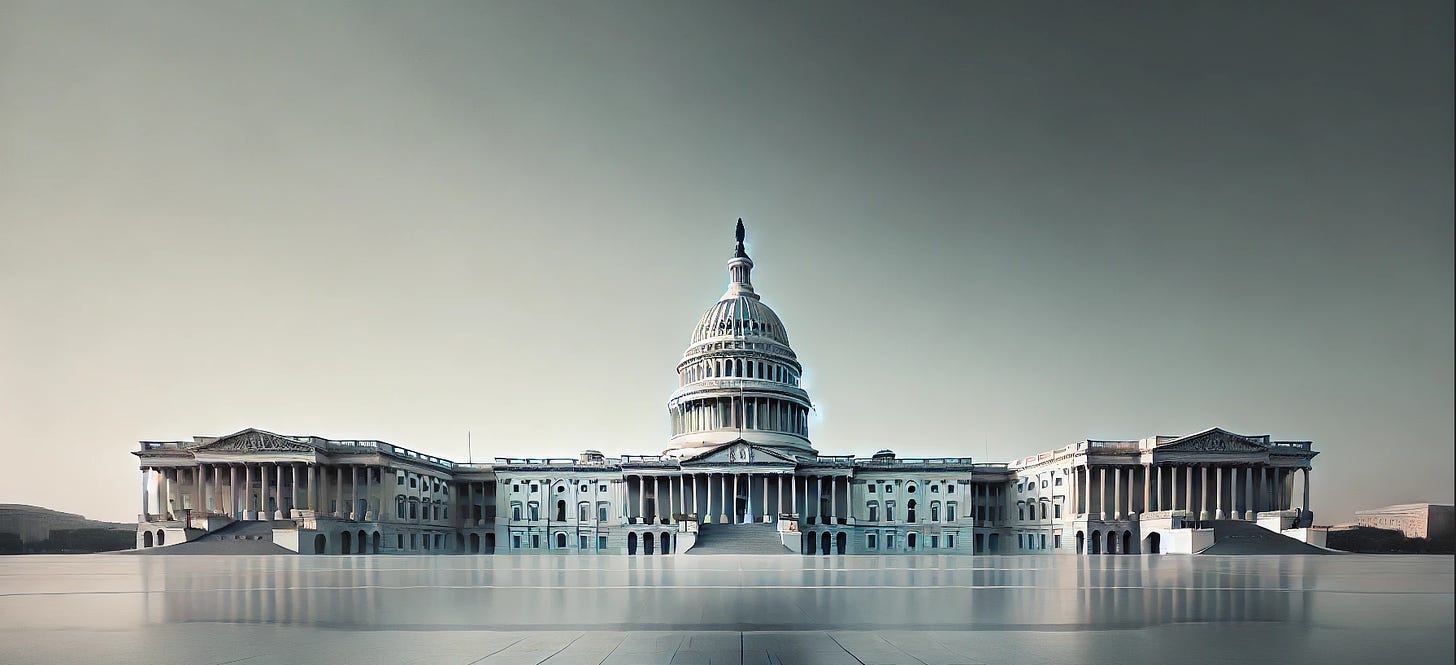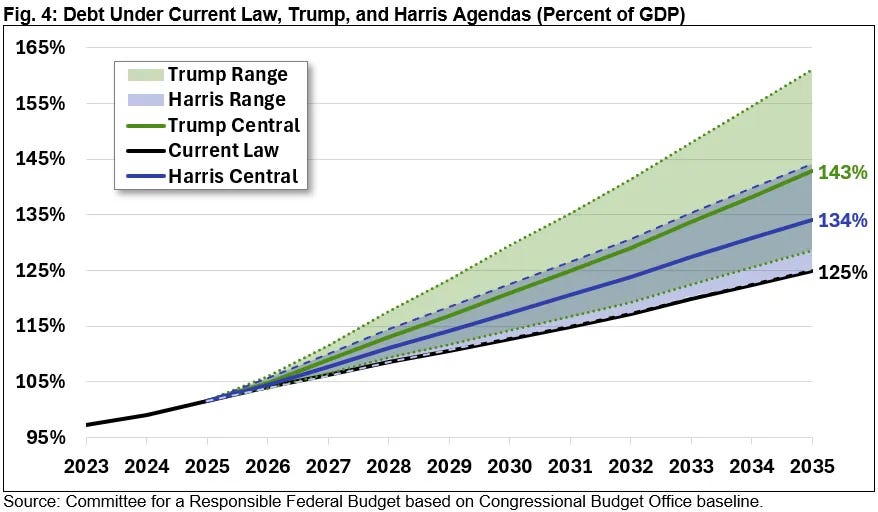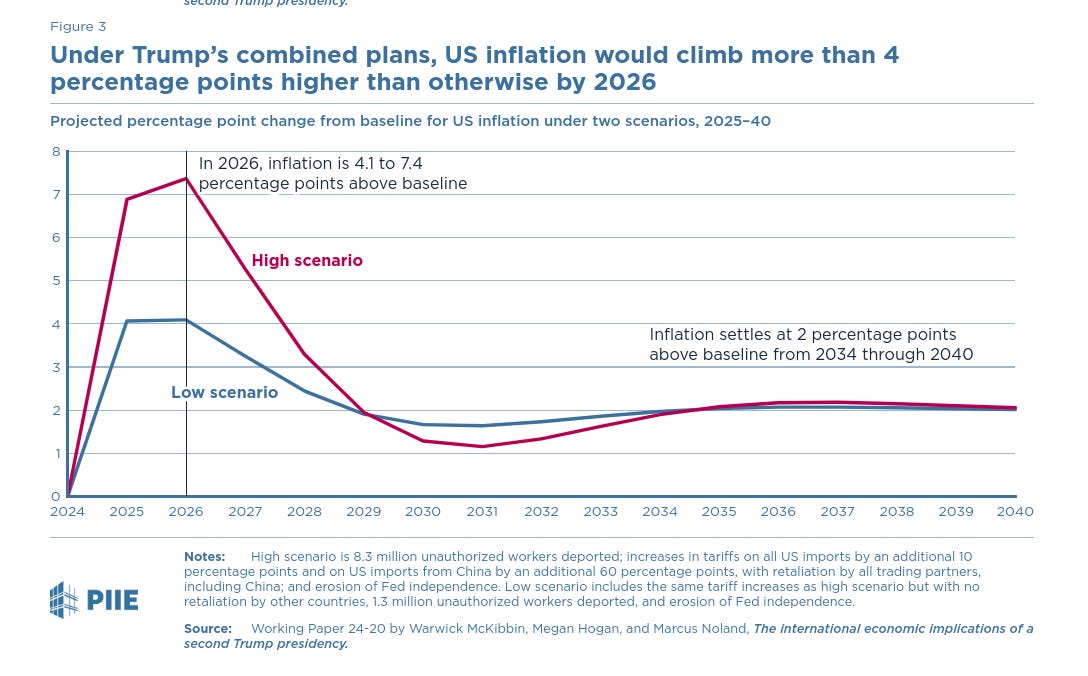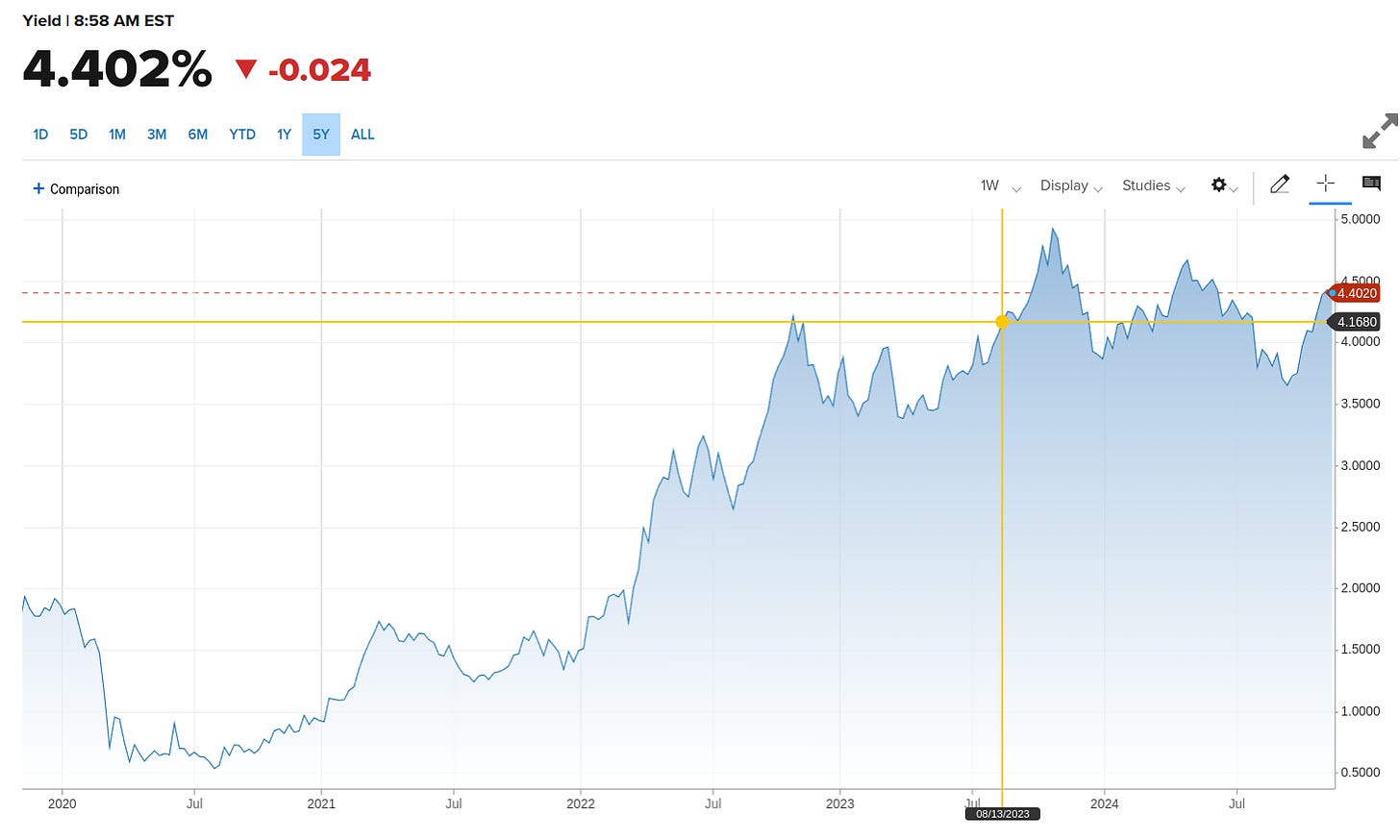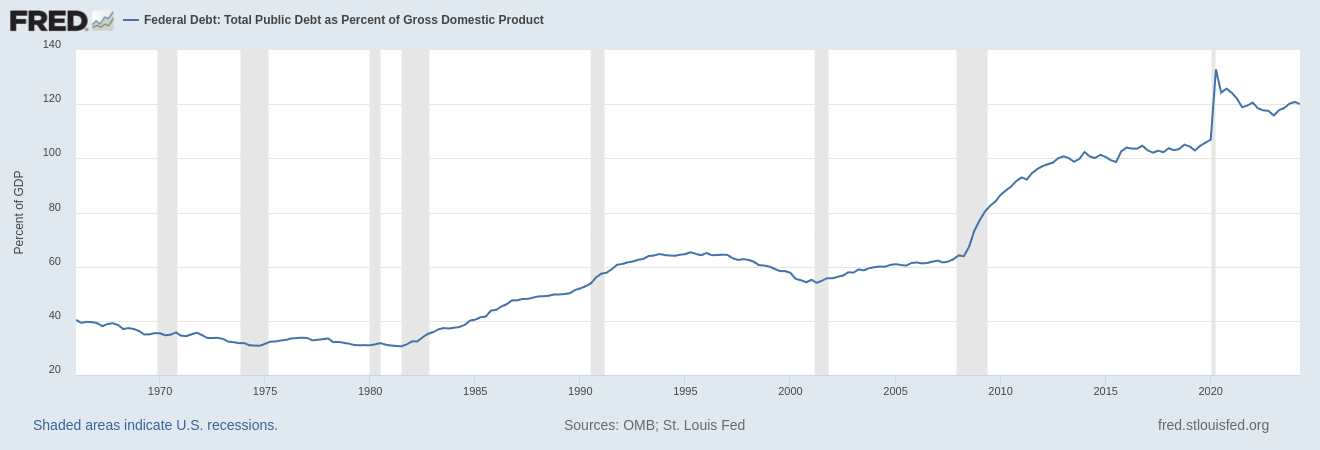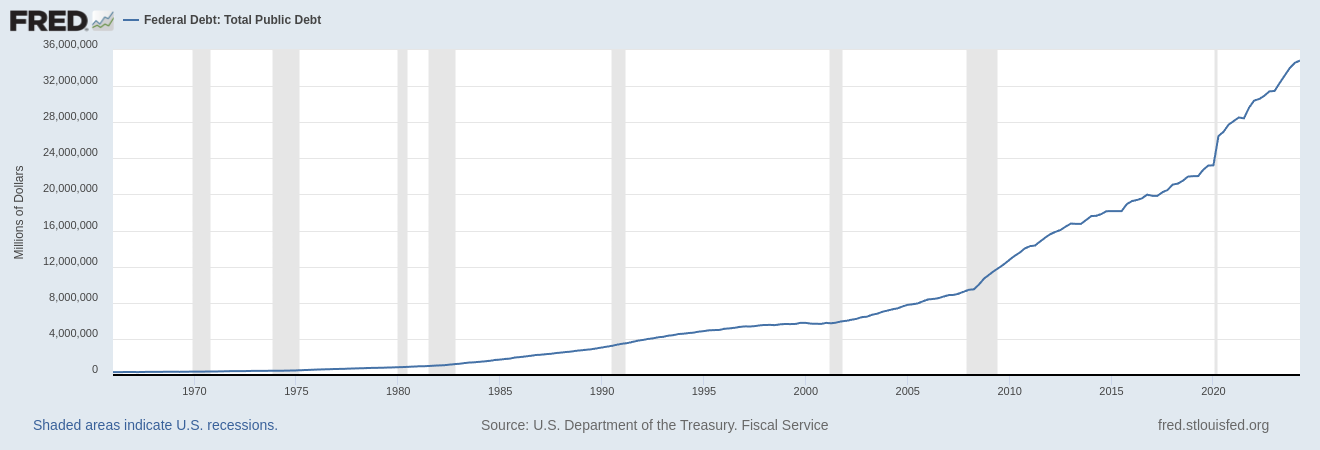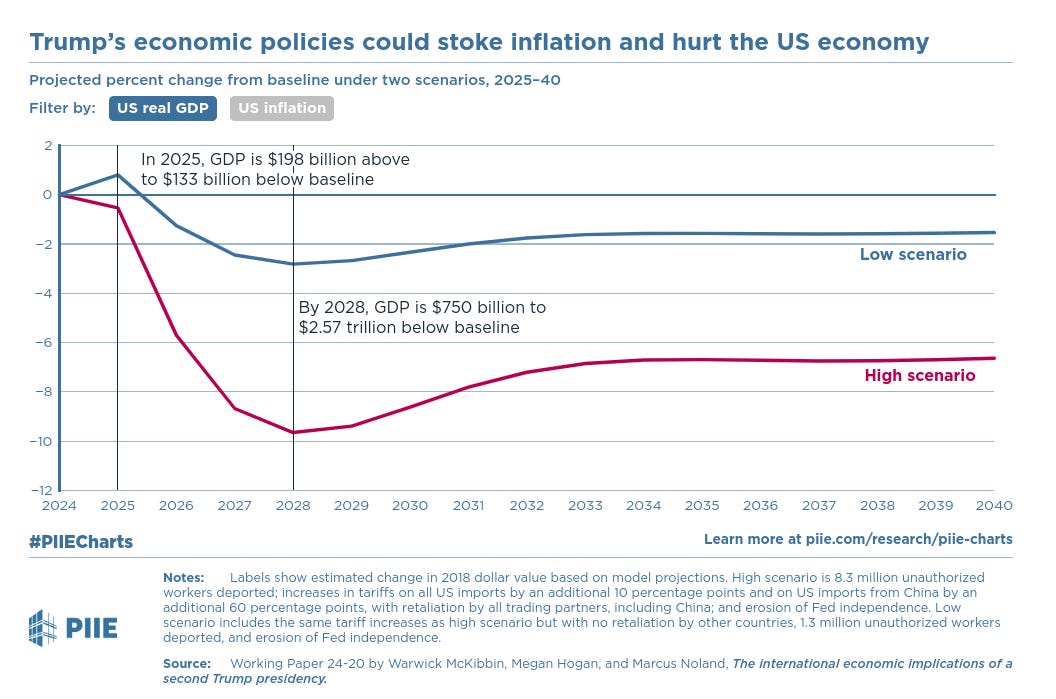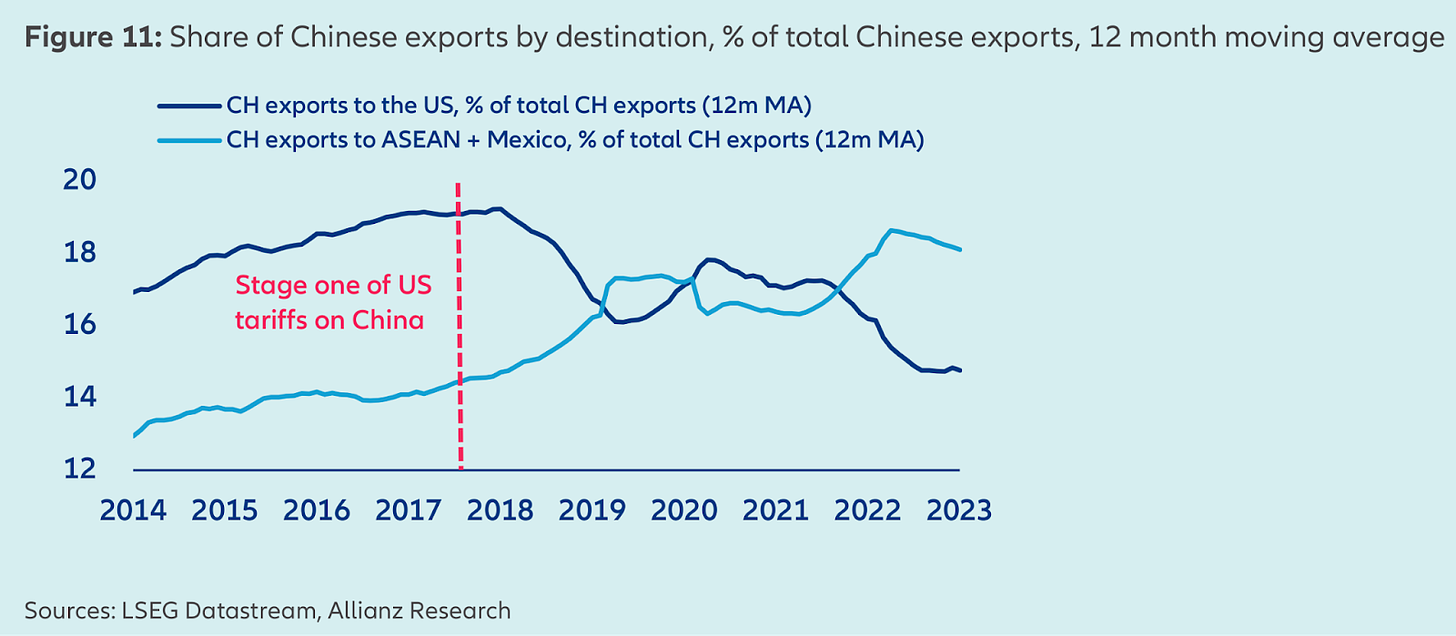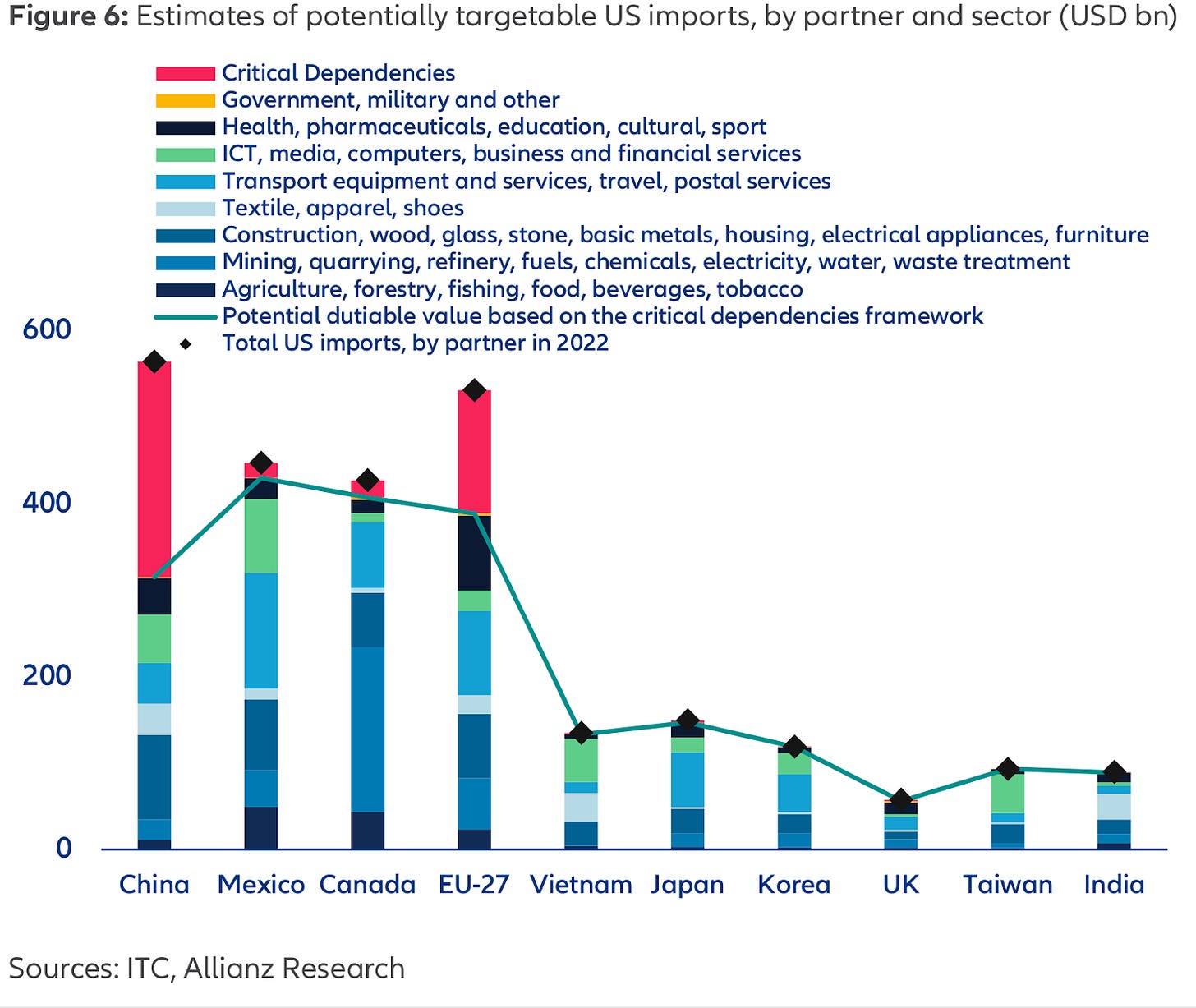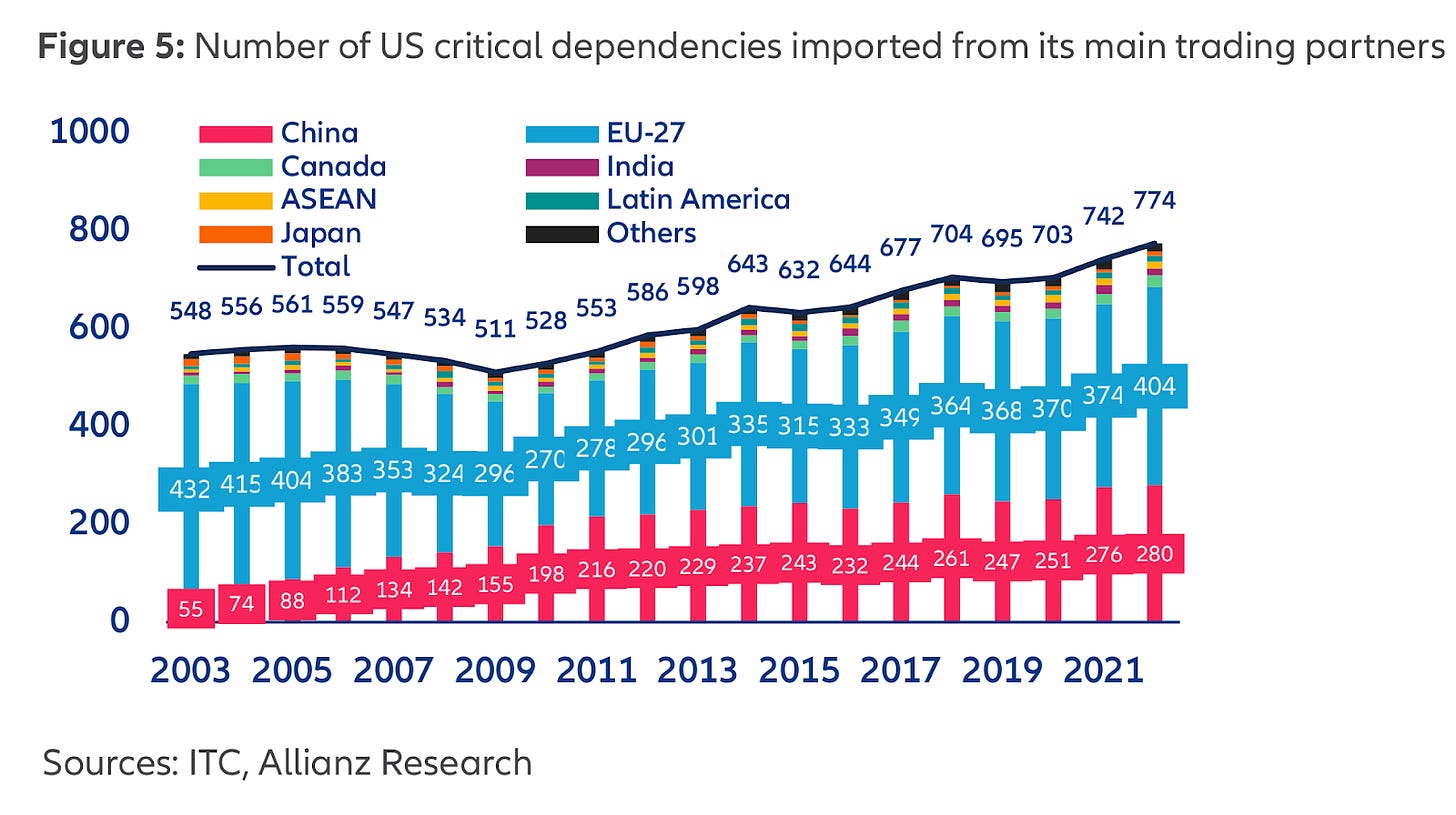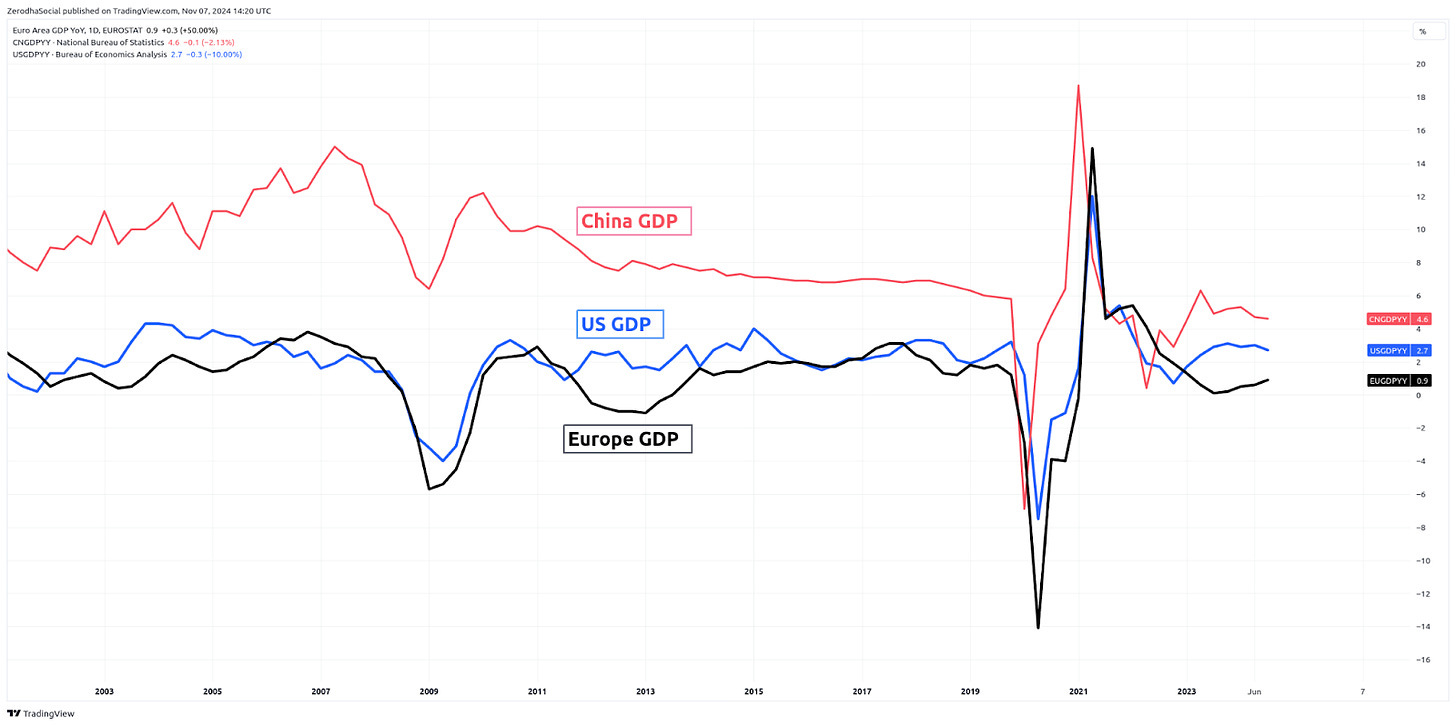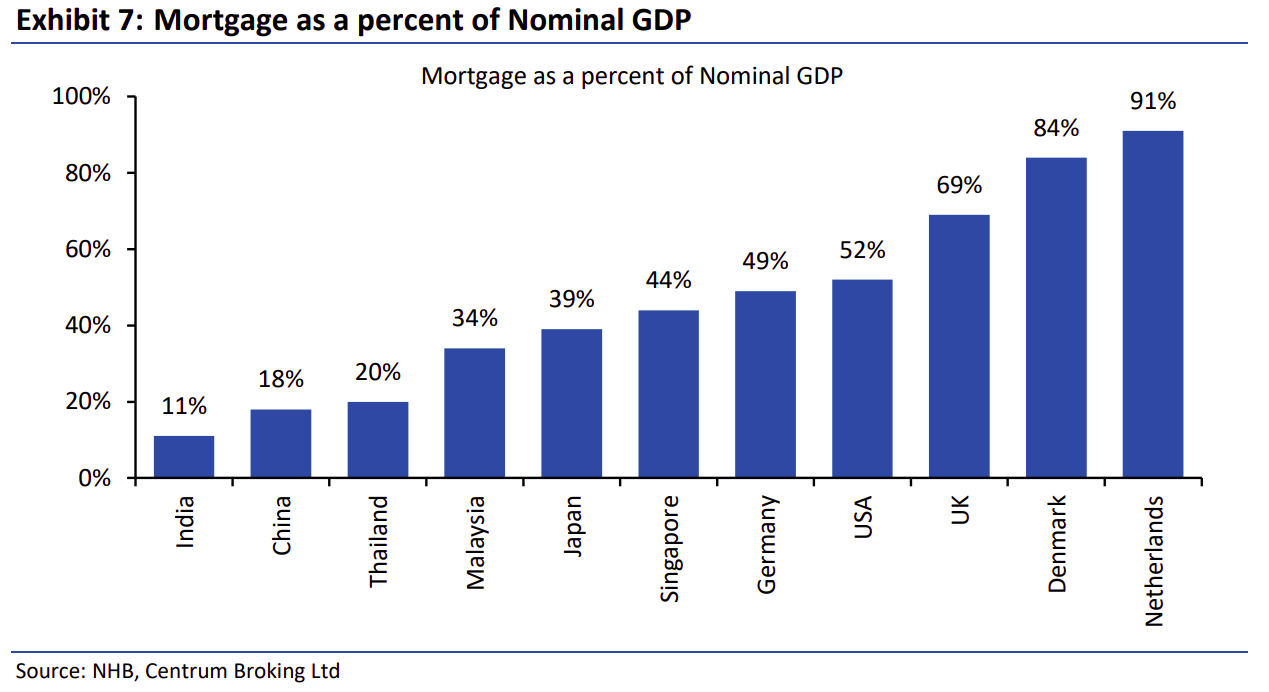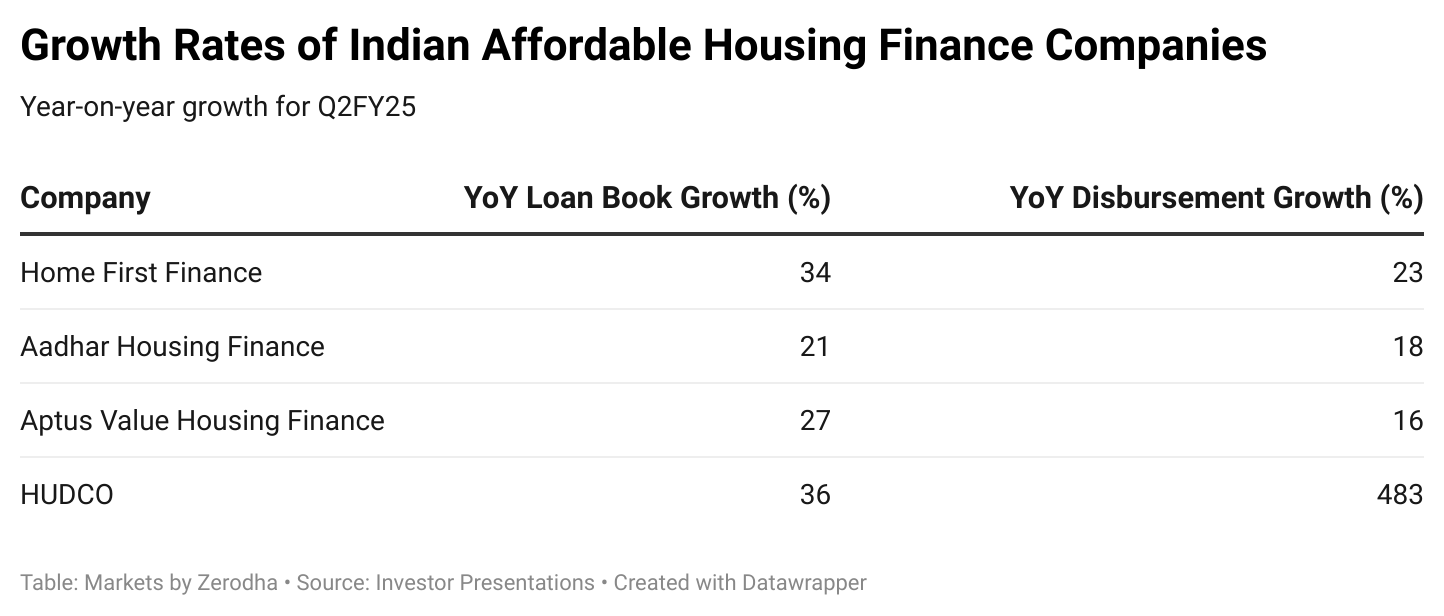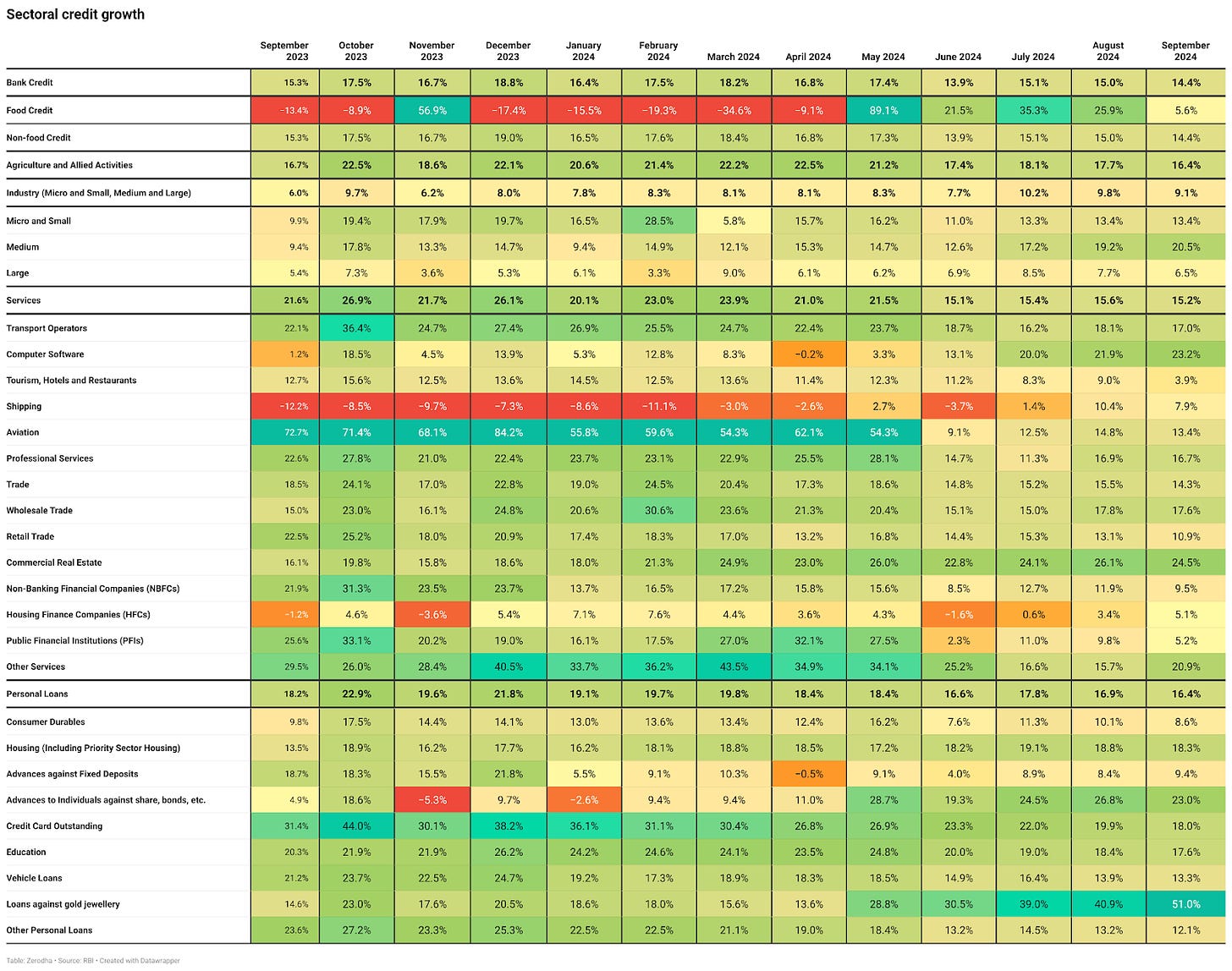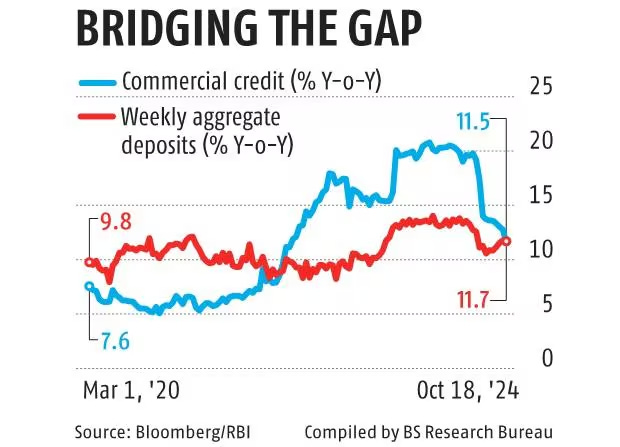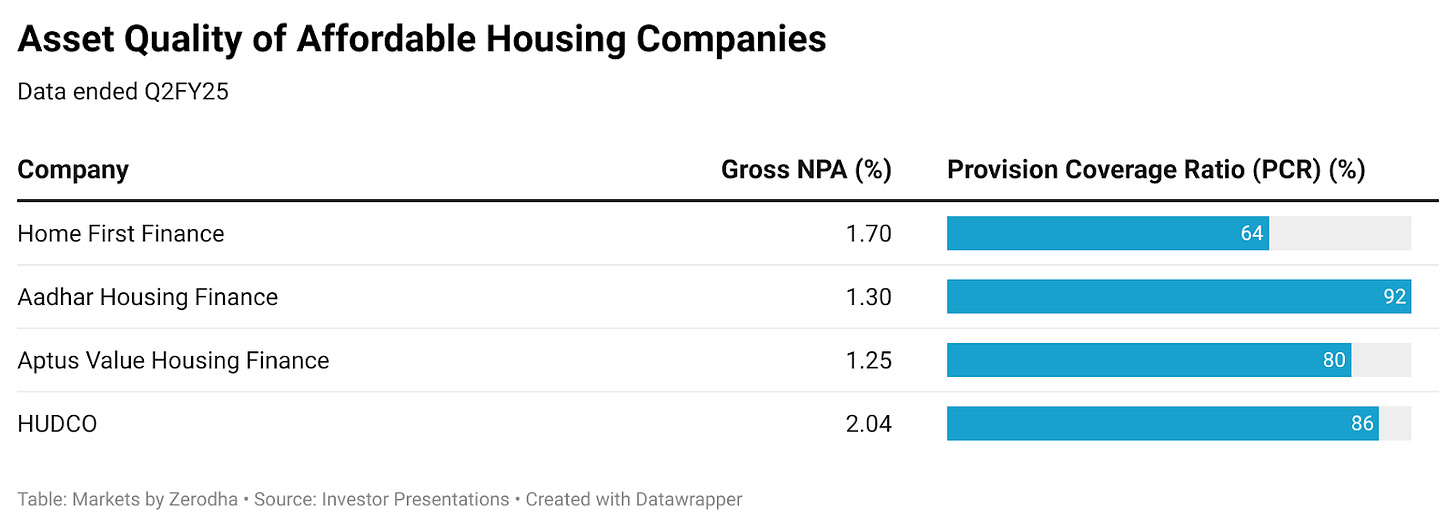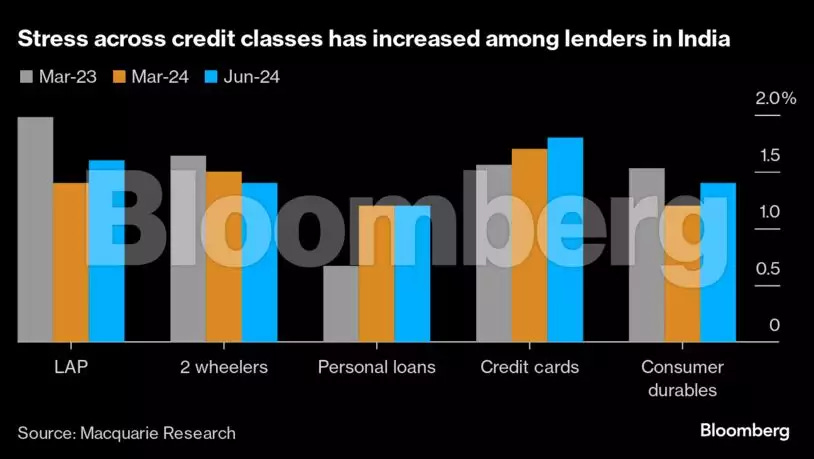Before we begin today’s edition, we just wanted to share that The Daily Brief completed a milestone of 100 episodes. It’s funny because we started with zero structure and no fancy gimmicks—just a simple goal: to create a quick, informative podcast and newsletter on the Indian markets.
This all began when Nithin casually mentioned that he couldn’t find a good Indian market recap while traveling. So, we thought, “Why not solve our boss’s problem?” And that’s how The Daily Brief was born.
We didn’t chase views or try to game the algorithm; we just focused on quality. Every episode has been backed by in-depth research.
But one gap remains—a true finance community for those just starting, exploring finance careers, or simply looking to learn. So, we’re working on building one together with you, aiming for something much more than just a chat group.
If you’re interested in helping shape this vision, especially if you’re in Bangalore, join us at a small community meetup for listeners. Please fill out this Google form.
Today on The Daily Brief:
- Trump effect: What a second term means for the world
- How affordable housing is bridging India’s homeownership gap
You can listen to the podcast on Spotify, Apple Podcasts, or wherever you get your podcasts and videos on YouTube. You can also watch The Daily Brief in Hindi.
Trump effect: What a second term means for the world
Donald Trump has recently been re-elected as President of the United States, and naturally, this news has sparked a wave of discussions about how his return to the White House might impact the economy—not just in the U.S., but around the world. There’s a lot to cover here, from his plans for trade and tariffs to how the U.S. will manage its national debt. Let’s break it down step-by-step in a simple way.
What You Should Know First
When political leaders discuss changes in policy, especially big promises, we often don’t see everything go exactly as planned. Many campaign promises face obstacles in real-world implementation, especially with political and economic forces at play that are beyond any one person’s control. Also, economic shifts don’t happen overnight. While it’s easy to get caught up in dramatic headlines, it’s important to remember that markets are influenced by many factors—like technology, demographics, and global trade patterns—that don’t change as quickly as policies.
With this in mind, let’s explore Trump’s proposed plans and how they might shape the economy, starting with his major policy focuses.
1. Trump’s Key Economic Policies and Their Impact on the U.S. and the World
Trump’s economic agenda centers around a few major areas: tariffs, interest rates, the dollar, and the Federal Reserve. These themes were important during his first term, and he’s bringing them back with some updates.
Tariffs: A “Made in America” Approach
One of Trump’s main policies is proposing tariffs—taxes on imported goods. His “America First” agenda aims to bring manufacturing back to the U.S., including a proposed 10% tariff on all imports and a 60% tariff on goods from China. This means U.S. companies importing foreign products would have to pay extra fees, potentially making American-made goods more appealing.
However, tariffs can be a double-edged sword. While they’re meant to protect American jobs by making U.S.-made products cheaper than foreign alternatives, they also tend to increase costs for businesses and consumers. When companies pay more to import materials, they often pass those extra costs onto consumers. Some companies have already indicated they would raise prices as a result.
Interestingly, Trump’s approach isn’t unique. His predecessor, Joe Biden, also imposed tariffs on China, focusing on products like electric vehicles and solar panels. This bipartisan stance shows a broader trend of protecting U.S. industries from foreign competition—a trend that may continue.
2. How Trump’s Plans Could Impact U.S. Debt and Inflation
Another major topic is the U.S. debt and inflation. The national debt represents how much the government owes, and it has been growing rapidly. Trump’s proposed tax cuts and increased spending, especially on defense and infrastructure, would likely add to that debt.
Source: CRFB
Experts estimate that Trump’s policies could raise the national debt by $7.75 trillion by 2035, pushing it to an all-time high. To put it simply, it would be like someone taking out more loans and owing more money than ever before. High debt can lead to higher borrowing costs because lenders demand higher interest rates when lending to a heavily indebted country.
Trump’s policies could also lead to higher inflation. Increased spending and new tariffs could push prices up, with experts estimating inflation might rise up to 7.4% over the next few years if all of Trump’s plans are enacted.
Source: PIIE
Another concern is the independence of the Federal Reserve, which controls U.S. interest rates and typically operates without political pressure. If Trump influences the Fed, it could lead to politically driven interest rate changes, potentially allowing inflation to rise to support government spending. This might worry some investors and push interest rates even higher, making borrowing more costly.
3. Global Implications: How Other Countries Could Be Affected
These changes won’t just impact the U.S.; they’ll ripple across the global economy, especially since the U.S. dollar is the world’s reserve currency, relied on by many countries. Higher U.S. debt and rising inflation could push up the dollar’s value and increase U.S. bond yields (the returns on lending money to the U.S.). This might lead investors around the world to shift their money into the U.S., causing outflows from emerging markets and putting pressure on their economies.
Source: CNBC
Source: FRED
Source: FRED
Countries like Turkey, Brazil, and South Africa, which rely on stable dollar financing, could face higher borrowing costs and currency issues. If investors pull money out of these markets to reinvest in the U.S., these countries could experience higher inflation, currency swings, and overall economic strain.
4. Trade Impact of Trump’s Policies on the Global Market
Trump’s trade approach aims to reduce imports, particularly from China, to boost U.S. manufacturing. While this could support local jobs, it may also lead to retaliation from other countries with their own tariffs, making life tougher for U.S. exporters.
Source: PIIE
For example, if the EU or China responds with tariffs on American goods, U.S. companies that depend on global sales, like those in agriculture and technology, could suffer. China, being one of the U.S.’s largest trade partners, would be hit hard. If tariffs stick around, China might seek out new trade partners or put more focus on strengthening its domestic economy.
Source: Allianz Research
Source: Allianz Research
Source: Allianz Research
The EU has considered retaliatory tariffs or taxes on U.S. goods, especially in sectors like automotive and steel. This could impact European economies that depend on exports to the U.S., such as Germany, potentially slowing their growth if trade tensions escalate.
5. Emerging Markets: Potential Winners and Losers
Emerging markets, such as India, Brazil, and Southeast Asian countries, could face both challenges and opportunities from Trump’s policies. For instance, India has a strong trade relationship with the U.S., so higher tariffs or a stronger dollar could raise costs for Indian exporters in sectors like IT, pharmaceuticals, and textiles.
On the other hand, some emerging economies might benefit. Mexico, for example, could attract more manufacturing demand if U.S. companies choose to move operations away from China. Similarly, countries like Vietnam and Thailand in Southeast Asia might draw businesses looking to avoid U.S.-China tariffs. But there’s a downside too—if global trade slows overall, even these countries could see reduced demand for their exports.
6. Geopolitical Impacts: A Changing Global Power Structure
Trump’s “America First” approach is likely to create ripple effects on a geopolitical level too. His trade and defense policies could change relationships between the U.S. and major global players.
For example, the already tense U.S.-China relationship could become even more strained if Trump moves forward with plans to limit Chinese access to U.S. technology. This could force countries in Asia, like Japan and South Korea, to rethink their strategies, as they heavily rely on trade with both superpowers.
In Europe, Trump’s approach might push the EU to become more independent, particularly in areas like defense. This could lead to new alliances, as the EU seeks to strengthen economic ties with regions outside the U.S. For African nations involved in China’s Belt and Road Initiative, Trump’s policies could force them to choose between competing U.S. and Chinese investments.
What’s Next? Staying Alert to Uncertainties
There’s still a lot we don’t know. Political plans are one thing, but real-world implementation often plays out differently. Factors like Congress, international relationships, and unexpected global events could change these outcomes in ways we can’t fully predict.
While Trump’s agenda is ambitious, its actual impact will depend on how these policies unfold both in the U.S. and around the world. By keeping an eye on major trends and understanding the basics, we can better grasp these developments and their potential future effects.
How affordable housing is bridging India’s homeownership gap
When we talk about the basics in life, three things often come to mind for most Indians: roti, kapda, and makaan—food, clothing, and shelter. While access to food and clothing has improved over the years, owning a home remains a distant dream for millions of people. This is especially true for lower-income groups who face huge challenges in affording or even qualifying for a home loan. In a country with over a billion people, the dream of owning a home is widespread, but it’s not equally achievable for everyone.
India currently faces a massive housing shortage, with a gap of nearly 100 million homes. According to a study by the RBI, around 95% of this demand comes from the economically weaker sections (EWS) and lower-income groups (LIG). In simpler terms, people from these groups often struggle to afford homes, especially in urban areas where property prices are high. This gap also highlights a major opportunity—a ₹58 lakh crore credit market—where housing finance can play a vital role in helping more people afford homes.
Source: Nirmal Bang
The Indian government has been actively promoting the idea of “Housing for All” to make homeownership more accessible. However, home loans currently make up just 12.3% of the country’s GDP. To put this in perspective, countries like China and Malaysia have home loans accounting for around 20% of their economies. Affordable housing finance companies (AHFCs) are stepping in to close this gap, focusing on providing home loans to those who traditionally couldn’t qualify due to lower incomes or lack of formal income documentation.
Source: Investment Guru India
Affordable Housing Finance Companies (AHFCs) are financial institutions that focus on providing home loans to people who might not usually qualify for a loan from a regular bank. These loans are designed specifically for lower-income groups, making it easier for them to buy a home that is affordable and within their means.
Recently, AHFCs have been experiencing strong growth. Major players in the affordable housing sector have been expanding their loan portfolios at double-digit rates, meaning they are lending more money each year to help people afford homes. This growth is especially noticeable in rural and underserved areas, where people need these loans the most.
While it might seem obvious that this sector is growing because of its potential, here’s the interesting part: even as the affordable housing market is booming, overall credit growth in the Indian banking system has been slowing down.
From late 2022 onward, Indian banks and lenders were giving out loans faster than they were collecting deposits. This created a situation where banks had more loans on their books than deposits, raising concerns about liquidity. Essentially, this meant banks could face trouble if too many people wanted to withdraw money at once. The Reserve Bank of India (RBI) noticed this and asked banks to slow down their lending to avoid potential risks. As a result, after 30 months of steady growth, credit growth—how fast loans are given out—has slowed and is now below the rate at which deposits are growing.
Source: Business Standard
Despite the overall slowdown in the banking system, the affordable housing sector continues to grow at a healthy pace. This resilience makes it stand out, even as other areas of lending face challenges.
Growth in lending is important, but what matters even more is quality growth. This means not just giving out more loans but lending to people who are likely to repay. In finance, when people don’t repay their loans, these become Non-Performing Assets (NPAs), or bad loans. Surprisingly, AHFCs have managed to keep their NPAs low, around 1-2%, even while expanding. This is impressive, especially since they are lending to lower-income groups, where incomes can be unpredictable.
How are they doing this? AHFCs use careful strategies to assess whether someone can repay a loan. Instead of only looking at formal documents like salary slips, they rely on various data sources and tailored methods to understand their customers’ ability to pay. Their loans are also smaller, with manageable monthly payments, making it easier for borrowers to stay on track.
Most of the loans AHFCs provide are for homes where people will actually live, not for investment properties. This gives borrowers a strong incentive to keep up with payments—they don’t want to risk losing their homes.
Technology plays a big role too. AHFCs use real-time monitoring to track repayments, allowing them to spot any issues early and take quick action.
While AHFCs are experiencing solid growth and keeping their NPAs low, other areas of lending are facing challenges. Non-Banking Financial Companies (NBFCs) that offer unsecured loans, like personal loans and credit cards, are seeing a rise in defaults. Companies such as Bajaj Finance and Shriram Finance have reported more people missing payments. This forces these companies to set aside funds to cover potential losses, which impacts their profits.
Source: Economic Times
The stress in unsecured lending is partly due to some borrowers taking on too much debt and struggling under economic pressure. In response, the RBI has advised lenders to exercise caution and slow down lending in this segment as defaults rise.
In contrast, AHFCs mainly offer secured loans for homes that people live in, giving them a more stable portfolio. This stability makes the affordable housing sector stand out, even as other parts of the lending market face challenges.
The affordable housing sector’s growth isn’t just driven by demand—it also has strong government support. Recently, the Indian government approved the construction of an additional 3 crore homes under the Pradhan Mantri Awas Yojana (PMAY), a program aimed at making homeownership possible for lower-income families. Over the past decade, PMAY has already provided more than 4.21 crore homes across India, in both rural and urban areas. This new expansion highlights the government’s commitment to making housing accessible for everyone.
Beyond building homes, the government has introduced several initiatives to support the affordable housing sector:
- Interest Subsidies: Through the Credit Linked Subsidy Scheme (CLSS), lower-income families can reduce their EMIs, making home loans more affordable.
- Funding for AHFCs: The National Housing Bank (NHB) supports AHFCs by improving their access to funds at lower rates, which helps them offer cheaper loans to customers.
- Faster Approvals : Streamlined land approvals and faster clearances for housing projects help reduce costs and speed up project completion.
- Developer Incentives: Tax breaks and incentives for developers focusing on affordable housing ensure a steady supply of homes in this segment.
- Rural Housing Focus: Expanded programs for rural areas make sure affordable housing reaches even remote regions.
With these initiatives, the affordable housing sector is set for strong, long-term growth. While short-term challenges like interest rates and inflation will always be present, the government’s ongoing support offers a solid foundation for the future.
In summary, the affordable housing finance sector in India is experiencing a period of unique growth and stability. As millions of Indians strive to own homes, AHFCs are turning that dream into reality by providing loans that are accessible and affordable. Even while lending to economically weaker sections, these companies are keeping their portfolios clean and their risks low, using data, technology, and careful screening methods.
With strong government backing and consistent demand for affordable housing, the sector appears well-positioned for sustainable growth. Although challenges exist in the broader lending market, affordable housing finance companies stand out for their resilience and focus on quality lending. This is not just good news for the sector—it’s a promising sign for millions of Indians inching closer to owning a home of their own.
Tidbits:
- Berger Paints reported modest volume growth of 3.6% in Q2 FY25, affected by heavy rains and competition from Grasim’s Birla Opus. EBITDA margins dropped by 147 basis points to 15.6%. Despite these challenges, Berger remains hopeful about future growth, planning price hikes, and expanding its retail reach.
- The Adani Group has renegotiated its power supply deal with Bangladesh due to delayed payments totaling ₹7,500 crore. Bangladesh agreed to immediately pay 20% of the dues, with the rest to be cleared in phases. This deal secures Adani’s cash flow and highlights the complexities of cross-border energy agreements.
- Apollo Hospitals saw its Q2 FY25 profit jump by 63% year-on-year to ₹379 crore, driven by strong growth in healthcare services and reduced losses from its digital platform, HealthCo. Consolidated revenue rose by 15% to ₹5,589 crore, reinforcing Apollo’s strong position in India’s healthcare market.
- IFC’s over ₹3,000 crore loan to Bajaj Finance aims to support electric vehicle financing, energy efficiency projects, and women-owned businesses. This partnership aligns with India’s net-zero goals and sets a strong example for sustainable financing among NBFCs.
Thank you for reading. Do share this with your friends and make them as smart as you are ![]() Join the discussion on today’s edition here.
Join the discussion on today’s edition here.
